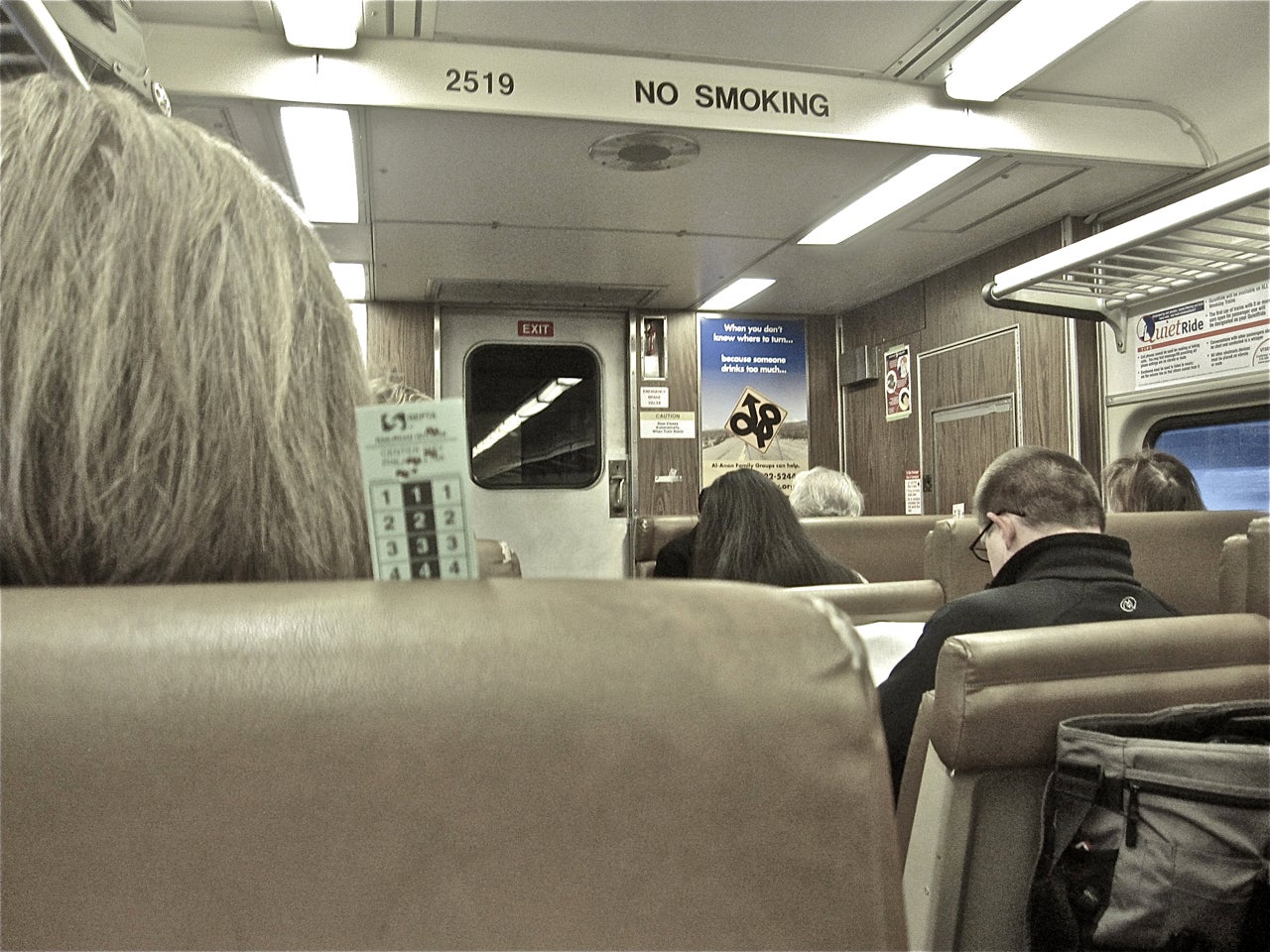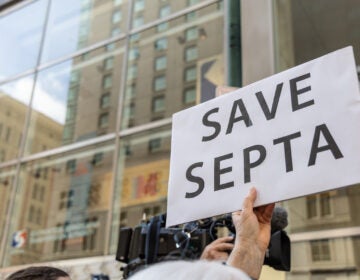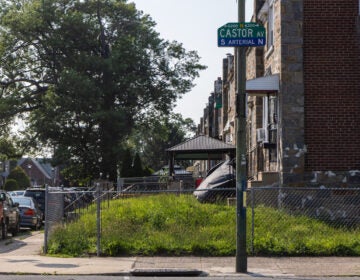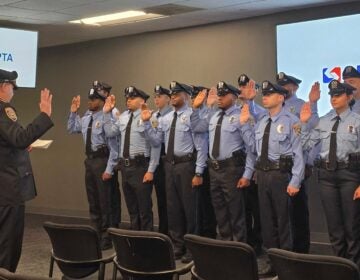Why Boston abandoned its one-way fare experiment

If SEPTA ends up adopting a one-way fare collection system for regional rail, it will be blazing fairly new ground.
Almost no other major tgransportation system has tried something similar.
But the one transit agency that did experiment with one-way fares abandoned them after implementing the approach in a limited way little over a year.
SEPTA is considering a one-way fare system, in which riders would pay double leaving Center City ― and ride for free inbound ― as a way of introducing a smart card system on regional rail.
The Massachusetts Bay Transportation Authority, which serves Boston, converted two of its commuter rail lines, Framingham and Lowell, to one-way fare collection back in 1990.
Facing budget troubles, the agency said it could save $50,000 a year on each line by reducing conductor overtime costs. Since fares would only be collected one way, the MBTA wouldn’t need as many conductors on trains that would be going in the free direction.
All told, the agency estimated it would have been able to save about $1 million, without conductor layoffs, if the entire system had been converted to one-way fares.
That amount was enough to get the support of the state legislature and the MBTA Advisory Board, which represents municipalities served by the system, according to news accounts at the time.
So why aren’t the good people of Beantown still paying one-way fares on commuter rail?
First off, the system required some tweaking soon after deployment. When the MBTA began the experiment on the Framingham line, it collected fares in the outbound direction and required riders to sit in different cars according to their destination so that conductors had enough time to punch every ticket.
But because two stations in suburban Newton were close to one another, conductors still couldn’t get to every ticket, and the agency decided to switch directions and charge riders on the line for inbound trips.
Though press accounts of the change noted the MBTA received few complaints from the two lines’ 6,600 daily riders, some who rode in only one direction were apoplectic.
One woman profiled by The Boston Globe in 1991 filed a complaint with the state’s Office of Environmental Affairs, which oversees the MBTA, and even took the agency to court to try to get a $12.50 refund for trips she took in which she only rode in one direction.
In the end, though, the MBTA canceled the experiment in September 1991. It found that riders were taking the train for free in one direction and getting a lift or carpooling in the paid direction.
A year after the Lowell line was converted to one-way fare collection, a headcount showed that 9.5 percent more riders were traveling in the free direction than in the paid direction, according to Tom Humphrey, of the Boston Regional Metropolitan Planning Organization.
And on the Framingham line, 4.5 percent more riders traveled in the unpaid direction during an April 1991 headcount ― though Humphrey notes that both sets of numbers could be slightly off.
Those types of ridership shifts are exactly what critics of the proposal fear will happen here if SEPTA tries doing something similar ― especially because much more of SEPTA’s service area is also served by a comprehensive subway, bus and trolley network. This could allow some riders to, say, take a free ride into Center City on regional rail in the morning and to take a bus home for less than the cost of a rail trip.
If SEPTA does go the one-way fare route, though, it would be doing it for different reasons than the MBTA.
Because of the authority’s unique through-service system, where rail terminals are at the ends of lines, one-way fares won’t allow for a crew reduction on SEPTA railcars. Conductors would still have to validate tickets on the outbound portion of a run.
Instead, a one-way fare system would be implemented in part to ensure that every fare gets collected ― riders would have to pass through gates in the Center City stations to get on train platforms, where they would tag their smart cards.
SEPTA also hopes one-way fares could reduce the cost it takes to build the smart card system. Instead of having to install ticket vending machines and validators at every regional rail station, new infrastructure would be concentrated in Center City.
(SEPTA is also considering other options for implementing smart cards on regional rail and has promised to hold public meetings to discuss the future of regional rail after it awards a contract to build the smart card sysetm.)
The Delaware Valley Association of Rail Passengers wants SEPTA to test out a one-way fare proposal on two regional rail lines before adopting it system-wide.
The transit advocacy group has been highly critical of this proposal since PlanPhilly obtained documents describing it over the summer.
Matt Mitchell, who represents the group, reiterated “serious misgivings” at a SEPTA Board meeting last Thursday. Mitchell said one-way fares represent an “open invitation” to game the system and evade fares by taking free regional rail rides into Center City and taking other modes outbound.
It’s also worth noting that, despite its previous failure the MBTA is considering trying one-way fares again, according to Paul Regan, the current executive director of the MBTA Advisory Board.
Like SEPTA, the MBTA is trying to figure out a way to expand its smart card system, the CharlieCard, onto its commuter rail system.
Proponents of the plan say it would accomplish similar goals that SEPTA is trying to achieve.
Like Philadelphia, though, the proposal has run into opposition from critics who say it would be too complex and difficult to implement.
Contact the reporter at acampisi@planphilly.com
WHYY is your source for fact-based, in-depth journalism and information. As a nonprofit organization, we rely on financial support from readers like you. Please give today.






